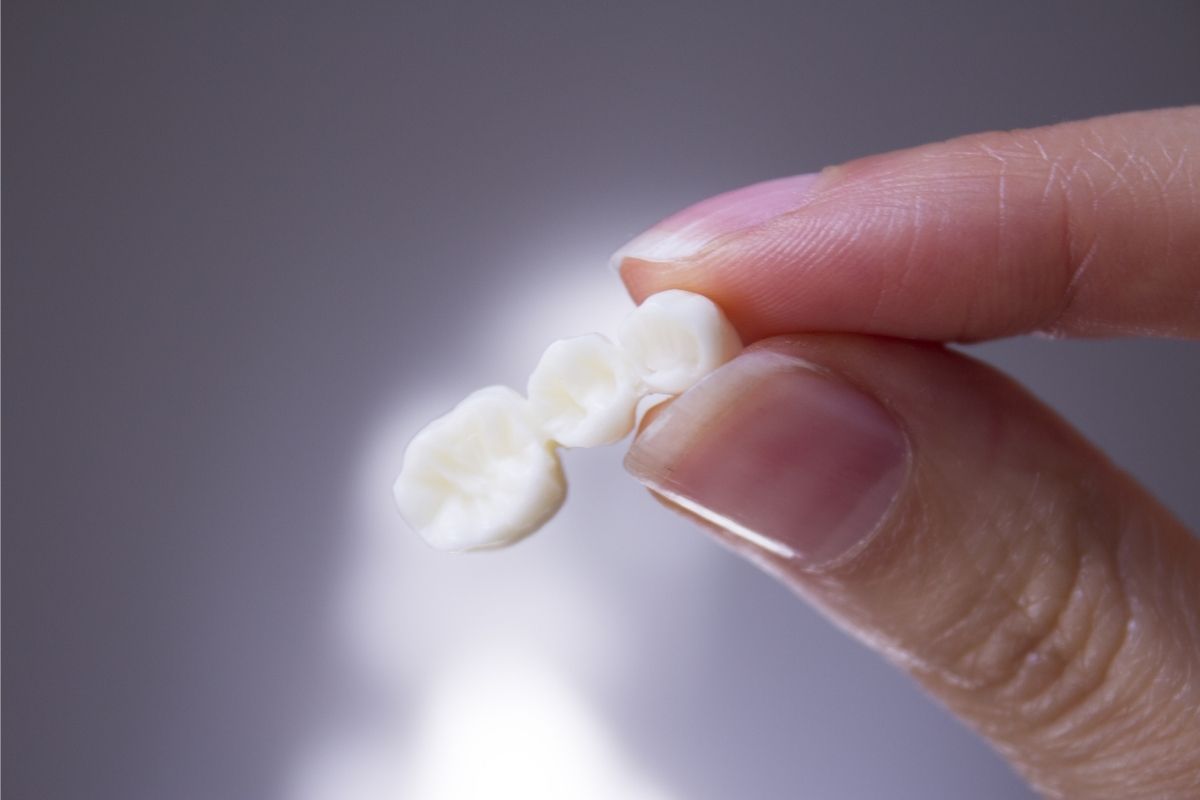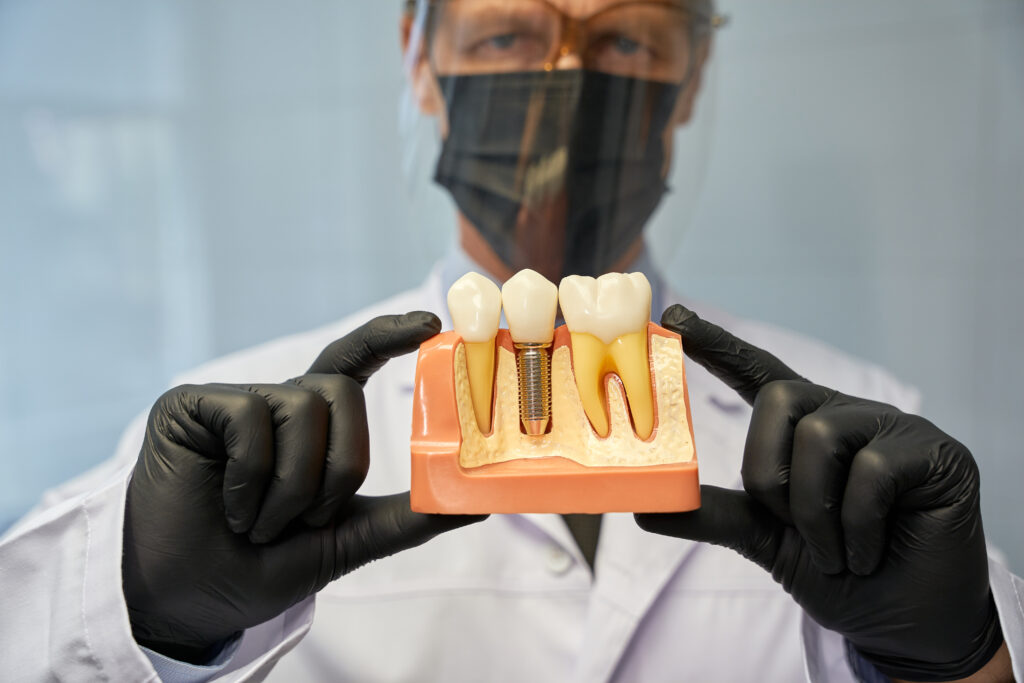
Losing an adult tooth can be stressful and embarrassing, but fortunately, dentists have numerous procedures they can use to fill the gap in your smile.
One of these is a dental bridge.
Now, why would you get a dental bridge over, say, a crown or a dental implant? We’ll explore the reason below.
What is a Dental Bridge?
A dental bridge is essentially a fake tooth — called a “pontic” — that uses the teeth on either side of it to hold itself in place. In this case, these teeth are known as the “abutment” teeth.
There are four types of dental bridges.
- Traditional: Traditional bridges involve placing a false tooth in the gap, then placing a crown on the tooth, and cementing that crown to the teeth next to the bridge. This holds the bridge in place. Traditional bridges are by far the most popular.
- Cantilever: Cantilever bridges work the same way as traditional bridges, only the crown is cemented to just one tooth. Consequently, you don’t need natural teeth on each side of the missing tooth gap to use a cantilever bridge.
- Maryland: Maryland bridges require two abutment teeth, just like traditional bridges. However, Maryland bridges bond a framework of either porcelain or metal onto the backs of each abutment tooth to hold the bridge in place.
- Implant-supported: As the name implies, implants make use of dental implants to support the bridge. These are helpful if you have multiple missing teeth. The dental implants replace the abutment teeth, then bridges fill in the gaps.

The Reason For Getting a Dental Bridge
The primary reason you’d need a dental bridge is to take the place of a tooth that you may have lost. This can restore your smile to how it used to be, boosting confidence. Additionally, it’ll help you resume normal activities such as biting, chewing, and speaking.
Dental Bridges vs. Dental Implants
You may have heard of dental implants before as a solution to missing teeth. Dental implants offer great benefits, such as less maintenance required, and the possibility to last for life.
However, implants are a slightly more invasive procedure.
Ultimately, it depends on your needs and comfort level. As discussed earlier, using both solutions at once (as in the case of implant-supported bridges) could be your best bet, too.

If you need to get a dental bridge to close the gap in your smile, look no further than Absolute Smile in Philadelphia. All new patients get a free consultation; contact us to schedule yours today!







